Using a bread machine to make gluten-free bread doesn’t have to be hard. I have pulled together a collection of my best gluten-free bread machine recipes that my readers rave about. I share all of my best bread machine tips and tricks, which flour blends work with yeast, and what to do if your bread machine doesn’t have a gluten-free setting!
This post may contain affiliate links. Please read our Disclosure Policy.
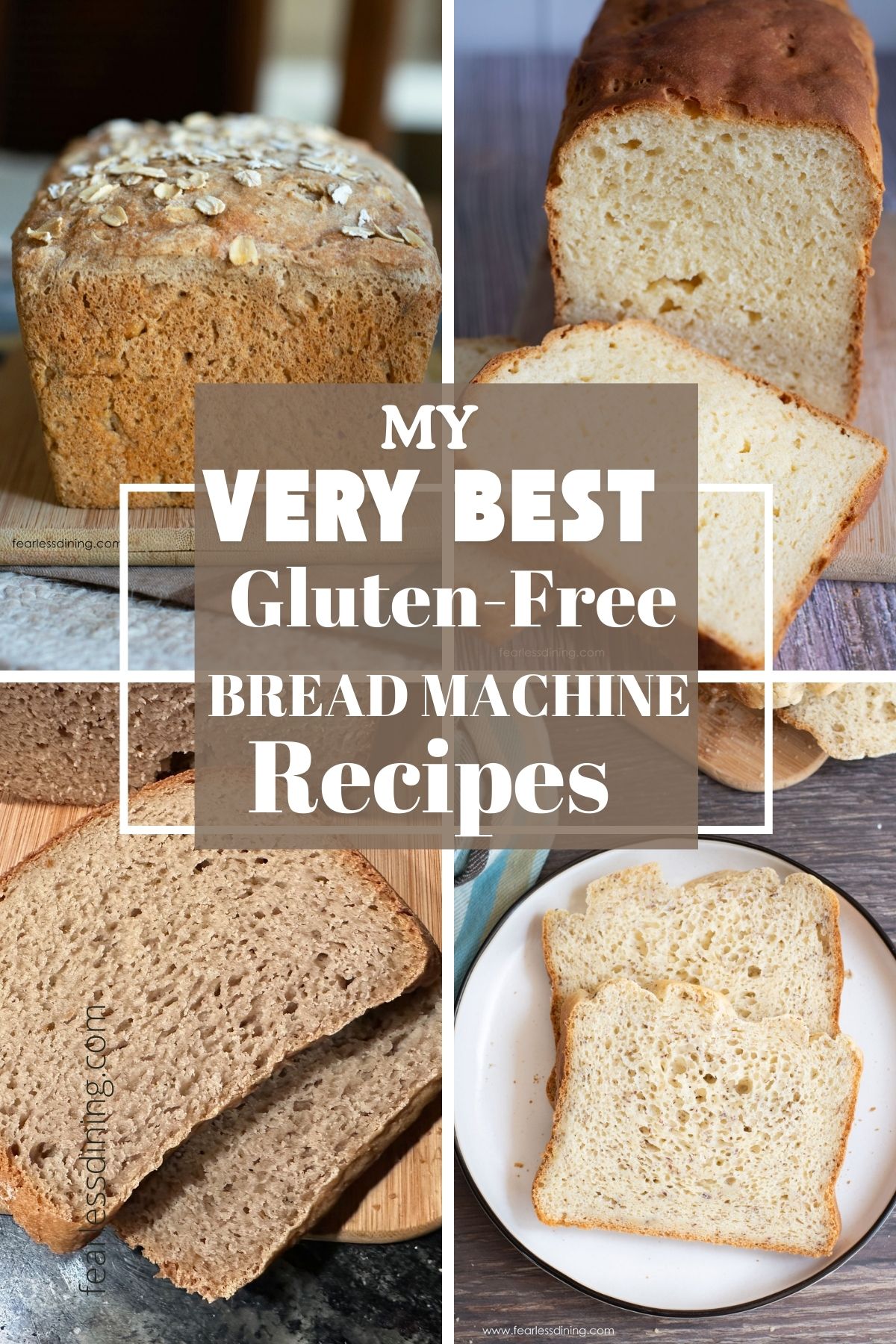
Baking gluten-free bread can feel daunting, but a bread machine can make it easier. In this roundup, you’ll find a variety of gluten-free bread recipes in several delicious flavors. It is easy to make gluten-free bread in a bread machine!
My gluten free bread recipes are tried and true and have lots of great reader reviews. I plan to develop several more recipes so you have more choices in bread flavors.
If you love to bake bread in the oven, here are my gluten free bread recipes that you can make. I also have some great gluten free sourdough bread recipes.
New to gluten-free bread baking? Don’t miss my Ultimate Guide to Gluten-Free Bread Recipes That Work—it’s packed with tested tips, flour advice, and reader-favorite recipes.
What gluten-free flour works in a bread machine?
Using a flour blend that works well with yeast in a bread machine recipe is crucial if you want the bread to turn out well. Many 1:1 gluten free flour blends do not work well in yeast recipes. I get frustrated that brands don’t put this information on the back of the bag. You typically need to visit their website to find this information.
Brands I, or my readers, have tested in my bread machine recipes include:
- Cup4Cup – Note: I tested their old formulation with milk powder. I plan to test their new formulation in my recipe soon.
- Jules GF Flour Blend
- Better Batter
- King Arthur All-Purpose Flour (note you need to add a binder to this flour).
- All of my homemade gluten free flour blend recipes include DIY Gluten-Free Flour Blend, Gluten-Free Whole-Grain Flour Blend, Gluten-Free Flour Blend Without Rice Flour, and my Gluten Free Flour Blend without Sorghum.
All of my blends combine single flours and starches to create the perfect combination for making gluten free bread in a machine. I do not recommend using single flours alone because you need a combination of grains and starch to “mimic” the texture of wheat flour.
✅ Sandi’s Pick:
If you don’t have a gf bread maker, there are a lot of great bread machines for gluten free bread on the market.
I have a Hamilton Beach model from a couple of years ago. I love Hamilton Beach because it has a gluten-free setting, is easy to use, and is easy to clean.
This is the model of the Hamilton Beach Bread Maker that came out to replace my model.
Email This Recipe To Me!
A note about cross-contamination and bread machines. If you have people living with you who are not gluten free, do not let them use your bread maker. There are crevices around the screws in the bread bin that can trap particles of gluten, making it unsafe for those with Celiac disease and gluten intolerance. Keep your bread maker dedicated to gluten-free to avoid any risk!
Why Water Quality Is Important:
1. I always use purified water when baking with yeast. Chlorine and chemicals in our tap water can kill your yeast and inhibit the rise. If you want the best rise, you must use purified water that doesn’t contain these chemicals.
2. Always use warm water. Cold water takes a lot longer to activate the yeast, and water that is too hot will kill the yeast. The ideal water temperature for yeast is 95º to 110º F.
What yeast do you use in a bread machine?
- When using yeast in a bread machine, I typically use rapid-rise yeast. It can be sprinkled on top of the dry ingredients, making it the easiest type of yeast to use.
- Always verify that the yeast you use is gluten free. My favorite brands of gluten-free yeast are Anthony’s Rapid Yeast (Amazon) and Fleischman’s (grocery stores). Red Star Platinum is NOT gluten-free!
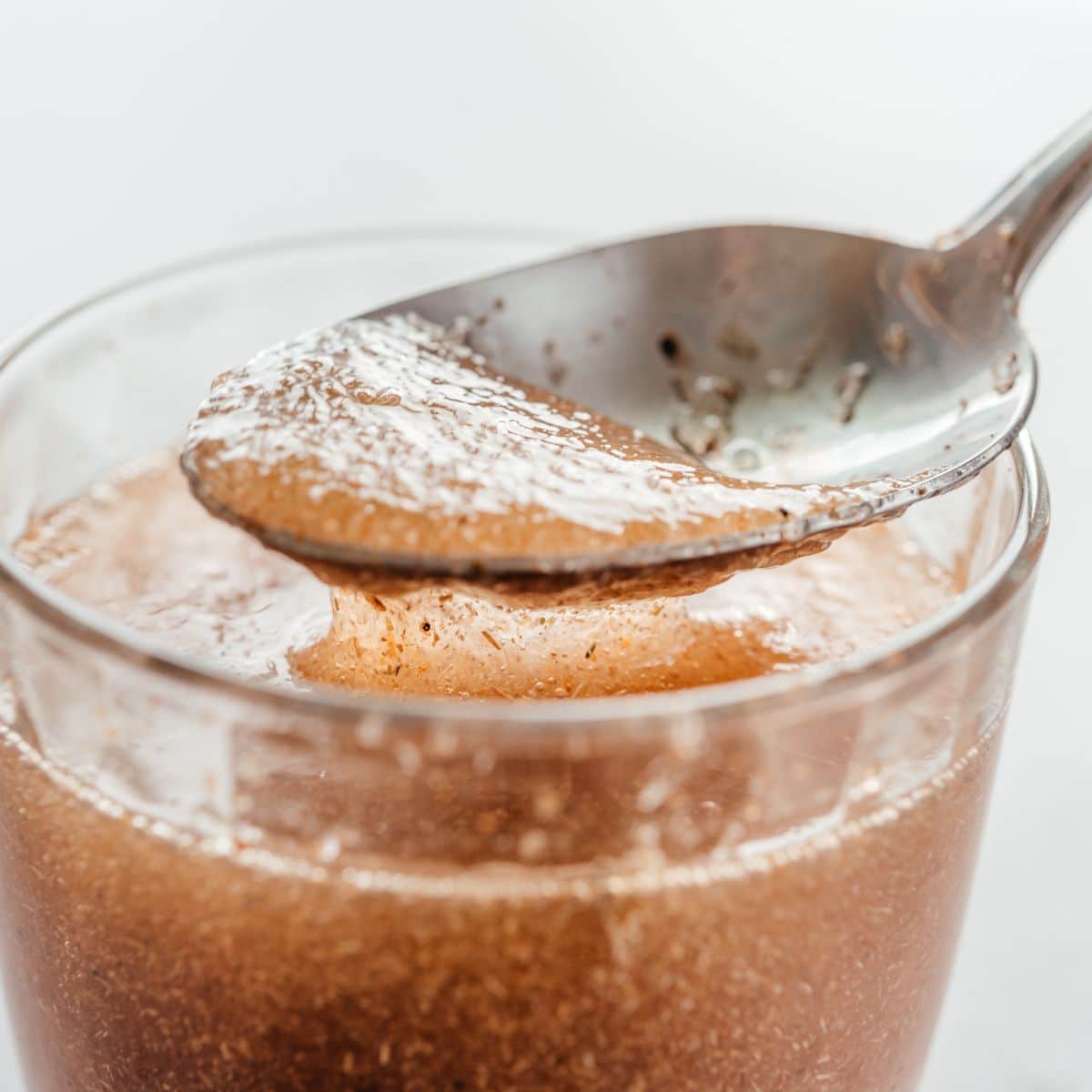
Why do you need binders in gluten-free baking?
Using a binder is critical to gluten-free baking. Binders are what prevent your bread from falling apart. The most commonly used binders are xanthan gum and guar gum. Many also use psyllium husk. Read more about how binders in my article about how binders work in gluten free baking.
I personally use psyllium husk powder in my flour blends used in my bread machine recipes. I use Anthony’s brand because it will not turn your baked goods purple. Yes, that is a thing, and many brands surprise people with purple bread!
Bread Troubleshooting
Why is my gluten-free bread sticky or gummy?
If you notice your gluten-free bread dough is too sticky, it usually means you have too much liquid in the dough or didn’t bake it long enough. The best way to fix sticky dough is to add more gluten-free flour or bake it for longer. Some gluten free flour blends are very starchy, and you need to use more flour with these blends than other blends.
Why didn’t my gluten-free bread rise?
There are many potential reasons why your gluten-free bread didn’t rise. Here are the three most common issues I have found in my experience with making gluten-free bread:
- Was the yeast expired? Did you use the right type of yeast that the recipe called for? (Active dry yeast or rapid-rise yeast.)
- What temperature was the water in which you proofed the yeast? It should be no hotter than 110º F.
- Did you use purified water in your bread recipe? Chlorine and other chemicals in tap water can kill yeast.
- Was your bread dough too dry? I always include step-by-step photos in my bread recipes so you can compare your dough texture to mine. If your dough seems dry or dense, add more liquid.
For more bread troubleshooting, read my Gluten-Free Bread Troubleshooting Guide for more information and tips for making gluten-free bread.
👀 Sandi Says: Read How to Store Gluten-Free Bread to see how I store my gluten-free bread to keep it fresh the longest.
What if my bread machine doesn’t have a gluten free setting?
Some breadmakers do not have a gluten free cycle, or the bake cycle isn’t long enough. If this is the case, or if you want to program a custom cycle on your bread machine.
Use the “Home Made” custom cycle, programming in a 20-minute mix cycle, a rise cycle, no knockdown, then bake for 60 minutes until done.
My Best Gluten Free Bread Machine Bread Recipes:
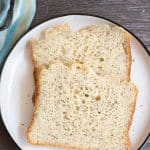
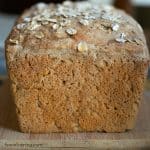
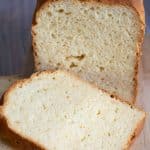
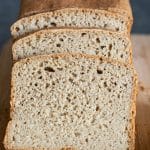
Have a favorite?
We would love to hear what gluten-free flour blends you have used in bread machine recipes. Please leave a comment. Thank you!


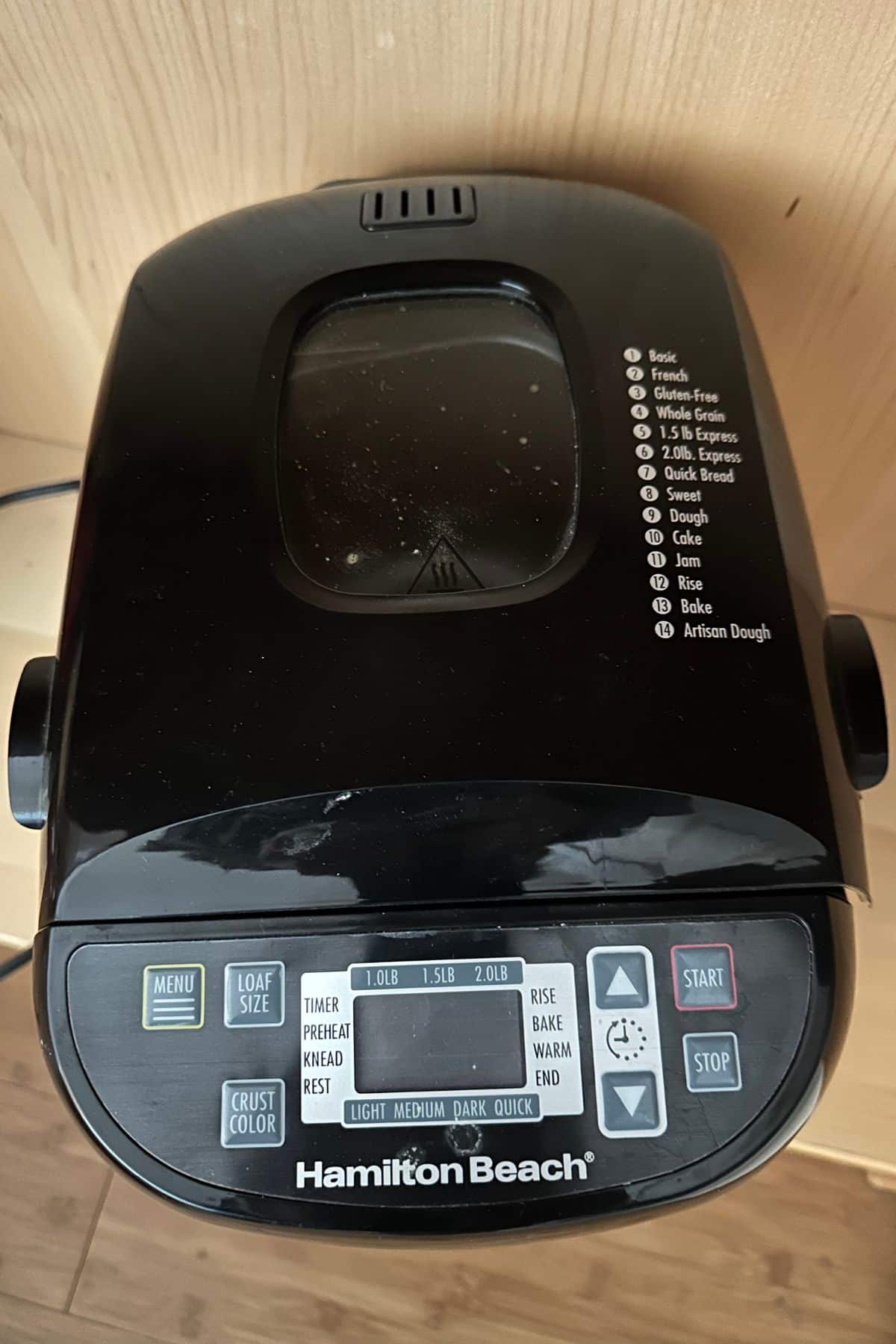
Can’t wait to try these! What do you mean by purified water? Also thank you for the tip on the psyllium husk. I used a brand that turned mine purple. What a shock that was! =)
Hi Patti, you want to use water that has chlorine removed. You can buy spring water or water like this at the store, or use water in which has been filtered to remove chlorine, like a Britta.